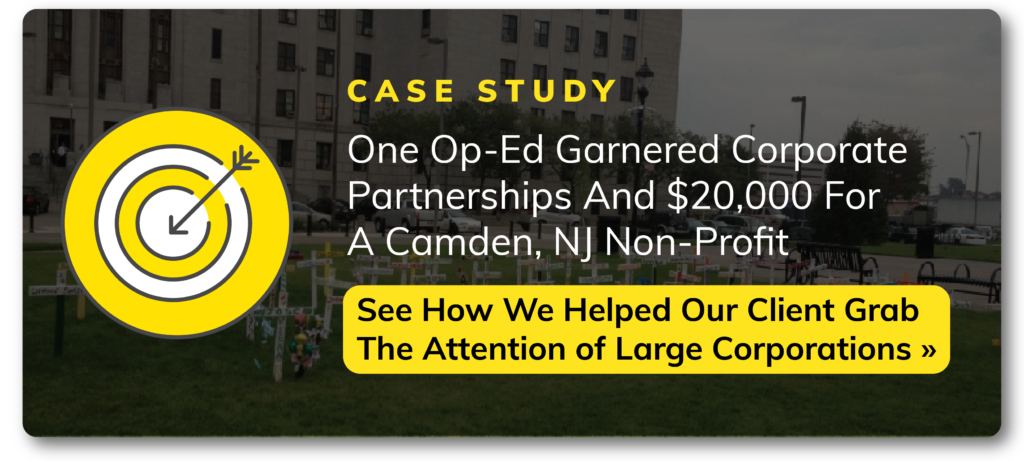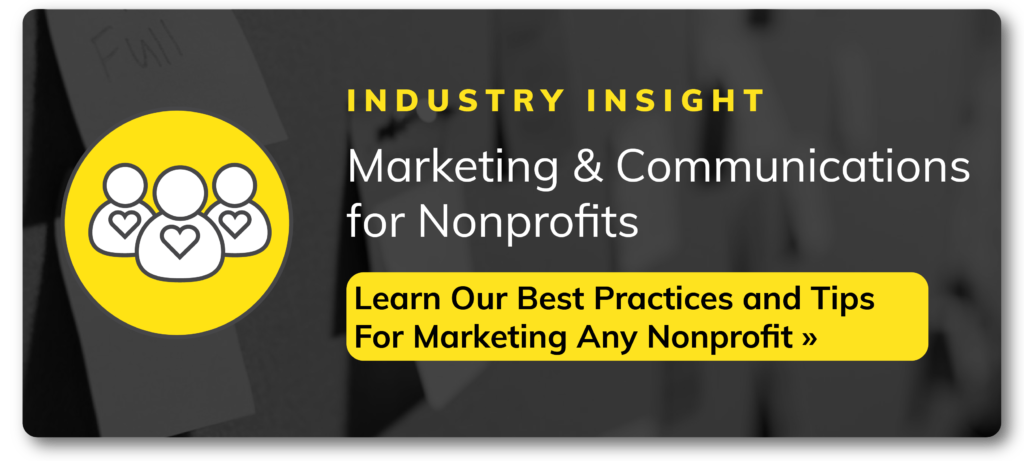A communication strategy with proper messaging is essential for success in non-profit organizations. Regardless of the cause, the message needs to be clear and concise to entice your audience, cultivate necessary donors and volunteers, and attract positive media coverage. The practice of public relations is vital to successfully promoting all non-profit organizations.
Developing Your Nonprofit’s Message
The first and most crucial step in building suitable messaging for your nonprofit is ensuring that your overall message is consistent across all platforms. If your website says one thing, and your social channels say another, how is your audience expected to understand your organization’s goal?
For example, if your organization tackles food insecurity in a particular city, yet your social platforms often discuss literacy issues, there is a significant disconnect. Having a clear mission statement helps your audience understand your purpose and sets your organization apart from competitors. The mission statement guides everything from the communications sent out to constituents to events hosted by the organization. However, your messaging goes further than your nonprofit’s mission.
Identifying Your Target Audience
The organization’s audience plays a significant role in how you build your message. For example, if your organization is seeking Millennial donors, your word choice, tone, and platform would be significantly different than if you were seeking donations from Boomers; emojis and slang on Instagram may connect with the former audience, but not the latter. It can seem tedious to make sure that your message caters towards each subset of your target, but it is crucial for overall success in reaching your audience.
In order to define your audience, you must consider the market in which your organization plays a role. Whether that be tech or the environment, asking yourself what problems your nonprofit solves can help narrow down your target audience. Additionally, a key component in defining your target audience is looking at the audience of your competitors..
Using Storytelling to Engage Your Target Audience
Nonprofit organizations are all about helping others. For marketing, their goals often revolve around increasing awareness and engagement in order to get additional support from possible donors and volunteers. To best support those goals, you must have a carefully crafted narrative that discusses the nonprofit’s impact. Sharing success stories and feature pieces are perfect for introducing the audience to your cause.
For example, one of our clients, Hopeworks, focuses on providing education and work experience for the youth in Camden, New Jersey. They have a whole page on their website dedicated to alumni of the program, where previous interns share their experience and how Hopeworks has furthered their success in their lives. Not only does sharing such stories help your audience understand the real impact of your organization, it also allows them to connect with your cause on a more personal level.
How Public Relations Can Help Nonprofits
For most nonprofit organizations, positive media coverage helps to spread their message to the masses. Fostering a relationship with the right reporters and outlets is fundamental in garnering interest in local media: you need to ensure that you reach out to the writers who cover similar stories, otherwise, you are not only wasting the reporter’s time, but you are also wasting your own time and resources.
Another critical aspect of gaining positive media coverage is making your story newsworthy. Nobody wants to write, let alone read about something that is old news. Make sure you are pitching stories that are worthy of media placements. In other words, your story must be timely as well as relevant to the news outlet’s target audience.
Three key components of making sure your story is newsworthy is timeliness, proximity, and relevance. Media outlets have little interest in covering something that is weeks old. The news cycle is faced-past – at one moment, one thing could be plastered across every outlet, and within 48 hours that story is no longer interesting or important to the viewers. Also, your story should be catered towards local media, unless it requires national coverage. If your story is discussing an event taking place in a small town in Pennsylvania, it is unlikely that reporters from big cities will want to cover it. Lastly, relevance is extremely important in making sure your story is newsworthy. As discussed above, your audience plays a significant role in your messaging. The story should be relevant to your audience’s interests, beliefs, and issues because for the most part, readers are only going to take the time to read things that they can relate to.
In short, don’t only focus on building your mission and message internally; make sure that it resonates with your target audience. Without the proper messaging, earning media coverage will be challenging, and so will extending your reach. Leverage public relations to your advantage by creating a solid foundation in effectively communicating your message.
Start Your Nonprofit Marketing Plan
Interested in starting your nonprofit’s marketing plans? Learn more about how Slice works with nonprofits and some of our tips.

